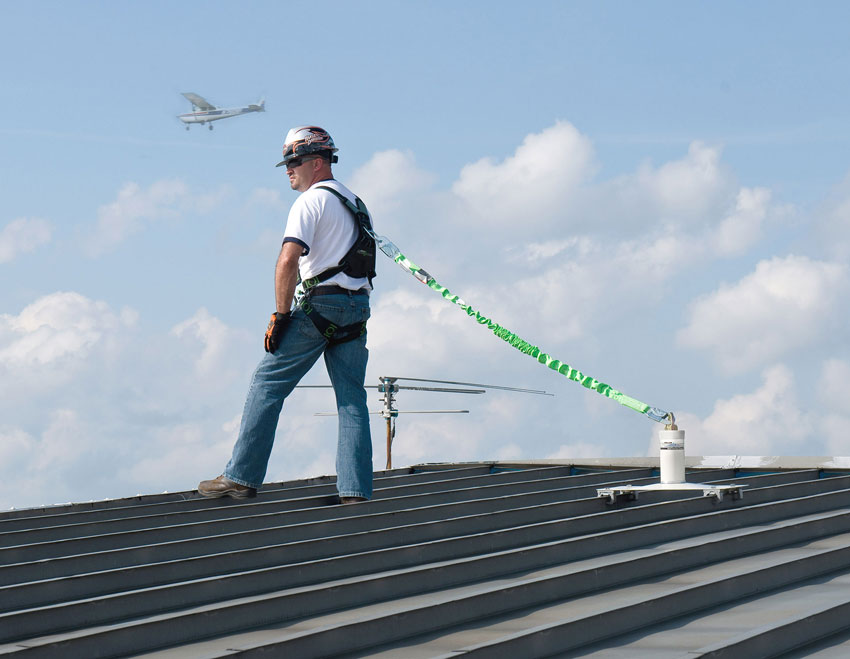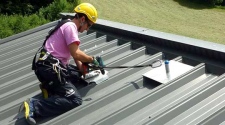Falls are one of the major factors causing deaths in different parts of the UK. The reasons are many such as careless attitude, untrained workers, dangerous workplaces, less safety measures, etc. According to the numbers shared by the Bureau of Labor Statistics (BLS), approximately 36 percent deaths of the total 828 workplace deaths in private construction were caused due to fall from height in 2013.
It is essential for the companies to take essential steps that can help reduce the hazards associated with working at height. This can begin by developing an understanding about the risks associated with the work site as well as making an informed deployment of fall protection equipment. But, what bothers a majority of individuals who are held responsible to ensure safety of workers is the way in which they can make the choice of best fall protection equipment. Some of the basic tips to help one make the best choice among the numerous fall protection equipments available in the market are:
Assessing the Risk
In order to decide the most suitable fall protection equipment, it is important to identify the risks associated with the work for which the worker would be deployed for. This is because each job has its own risks for the workers and thus, considering all the situations as same won’t be correct.
Travel restraints Personal Fall Protection Equipment (PFPE) restricts an individual’s access to locations from where a fall can occur. These devices can also involve connecting the worker so that he/she does not reach the edge and thus, does not fall. Positioning PFPE enables a worker’s complete or partial suspension and is used to protect workers climbing ladders, working hands-free or in the form of rail system or cable.
It is important to understand that the Personal Fall Protection Systems (PFPS) are not designed in a way to prevent a fall but to reduce the associated risk by using full body harness, some sort of connecting device, etc.
Deploying the Solution
Once the risk is assessed, it is best to deploy the most suitable solution for a particular situation. It is important to verify and confirm whether a particular solution is apt or not such as anchors are strong and can support loads, availability of anchorage points, choice of fall arrest systems, etc.
Anchorage connectors safeguard the connecting device of the PFPE to the work site’s anchor. It is important that these connectors are available in suitable strength as well as can support loads in all directions. Fixed anchor points comprises of certified anchor points connected to an existing overhead structure. Mobile anchorage points include horizontal lifelines (HLLs) and conventional beam and trolley monorail systems.
Thus, it is important that a full body harness is used by the company to ensure complete safety of the workers working at height. While there is a large variety of body harnesses available in the market, it is important for an individual to make a choice as per his/her job requirements. After all, it’s not just about getting the job done but also ensuring the safety of workers.











